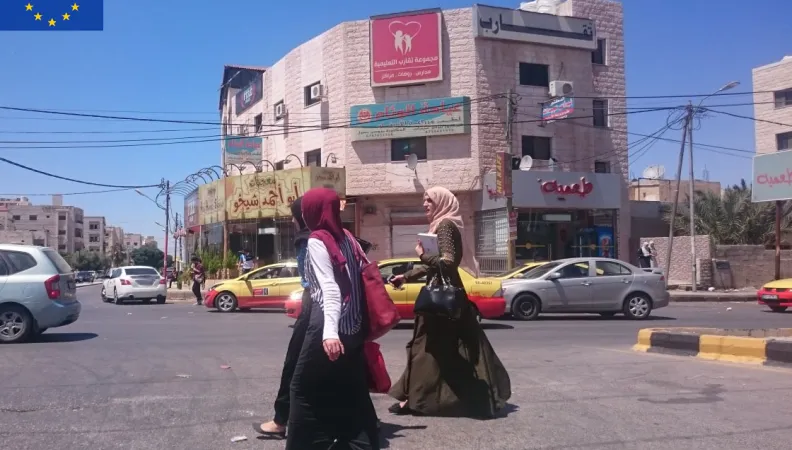Share the page
Urban inequalities within Jordan cities hosting refugees - Amman, Irbid

-
Project start date
-
2018Status
Suspended
-
Project end date
-
2020
-
Project duration
-
1 year and 7 months
-
AFD financing amount
-
110000
-
Country and region
-
Location
-
Amman, Irbid
-
Research program
This study analyzes trends in inequalities between 2010 and 2016 in the two main Jordanian cities hosting Syrian refugees: 194,000 Syrians in Amman and 140,000 in Irbid, according to 2018 data of the United Nations Refugee Agency (UNHCR). This research project involves studying the impact of the influx of Syrians on trends in economic inequalities (incomes, growth, poverty, etc.) and on the housing market (real estate market, share of housing in household expenditures, etc.).
Context
According to the official Jordanian population census, there were an estimated 1.2 million Syrian refugees in the country as of November 2015. This figure corresponds to between 10% and 12% of the population. Approximately 660,000 of them are registered as “asylum seekers” by the UNHCR. But their number has been decreasing since 2015, probably because of migration, especially back to their home country.
The percentage of Syrian refugees who do not wish to live permanently in the three UN-run refugee camps in northern Jordan surpasses 90%. This is why they are settling in cities or the nearby rural areas, where they rent apartments and often live in unsuitable housing. Their main motivation for doing so is access to jobs.
This population influx to the cities has an impact on housing, services, activities, income, and the distribution of resources among urban residents. It can heighten the inequalities among the people living in Jordan, in particular between Jordanians and foreigners (1.7 million foreigners live in Jordan).
This project is part of the first phase of the Research Facility on Inequalities, coordinated by AFD and funded by the European Commission's Directorate-General for International Partnerships over the 2017-2020 period. The first phase of the Facility has led to the conduct of 22 research projects and the publication of around 100 research papers and policy briefs.
Objectives
The first part of the study focuses on the dynamics of economic inequality between households in Amman and Irbid, using the 2010 and 2016 Jordan Labor Market Panel Survey (JLMPS) and the 2013 and 2016 Household Expenditure and Income Survey (HEIS).
The second part of the study examines housing inequality among residents of Amman and Irbid. This section looks at both housing as a cost (household expenditures) and housing as a source of income (renting, selling, etc.).
Method
Many inequality indicators will be used: the Gini coefficient as well as the Atkinson index and the P90/P10 ratio, for example.
The data will come from:
- studies from 2010 and 2016 on the Jordanian labor market (Jordan Labor Market Panel Surveys);
- 2004 and 2015 population censuses (Jordanian Department of Statistics);
- data on household incomes and expenditures (Household Expenditure and Income Surveys, HEIS), 2013 and 2016;
- UNDP data on socio-economic inequalities in Jordan; and
- UNHCR data.
The research team is made up of two economists, one geographer, and one sociologist on the Jordanian side, and one economist and one urban planner on the AFD side.
Contacts
- Irène Salenson, Research Officer, AFD
- Abdel Baset Athamneh, Head, Department of Economics, Yarmouk University



